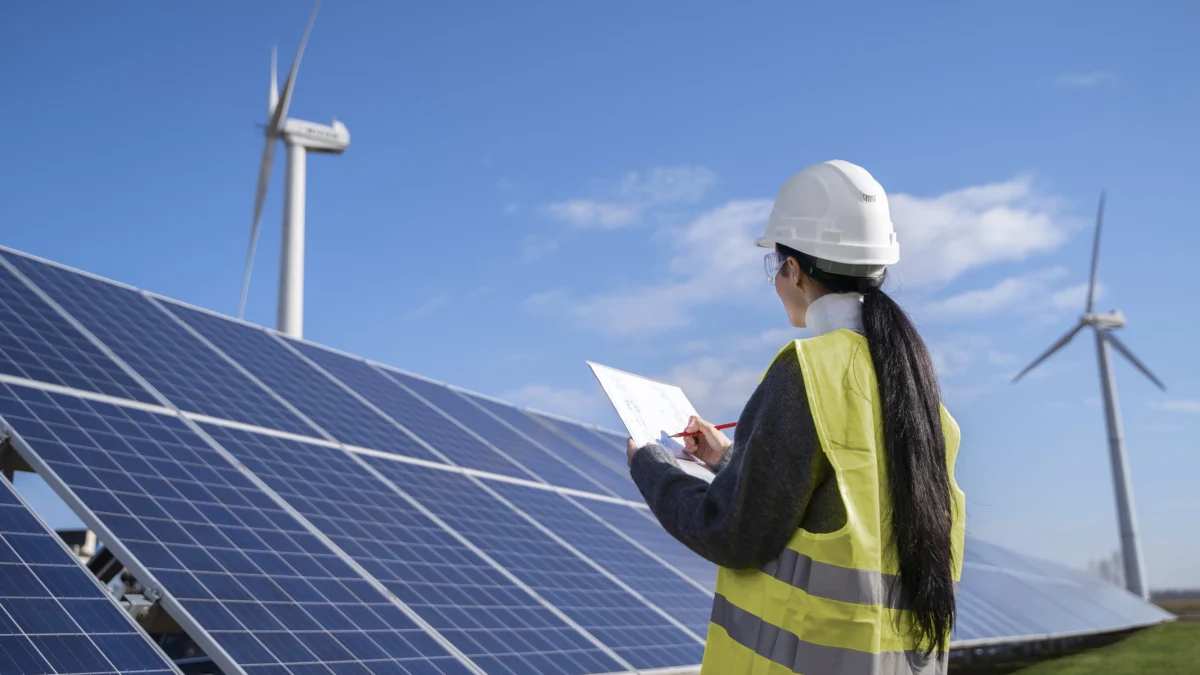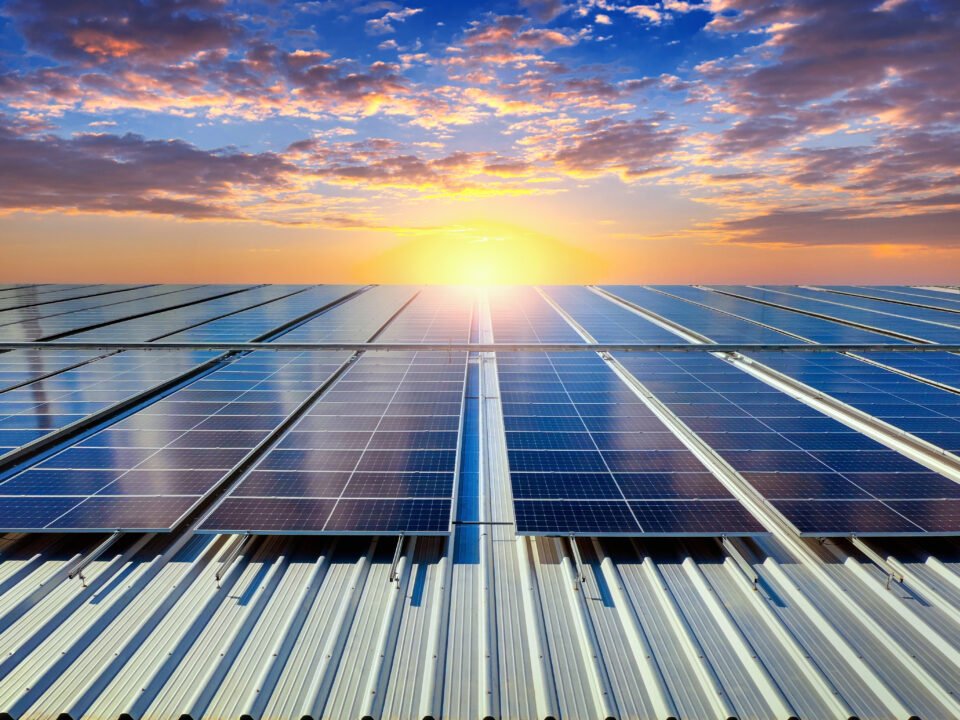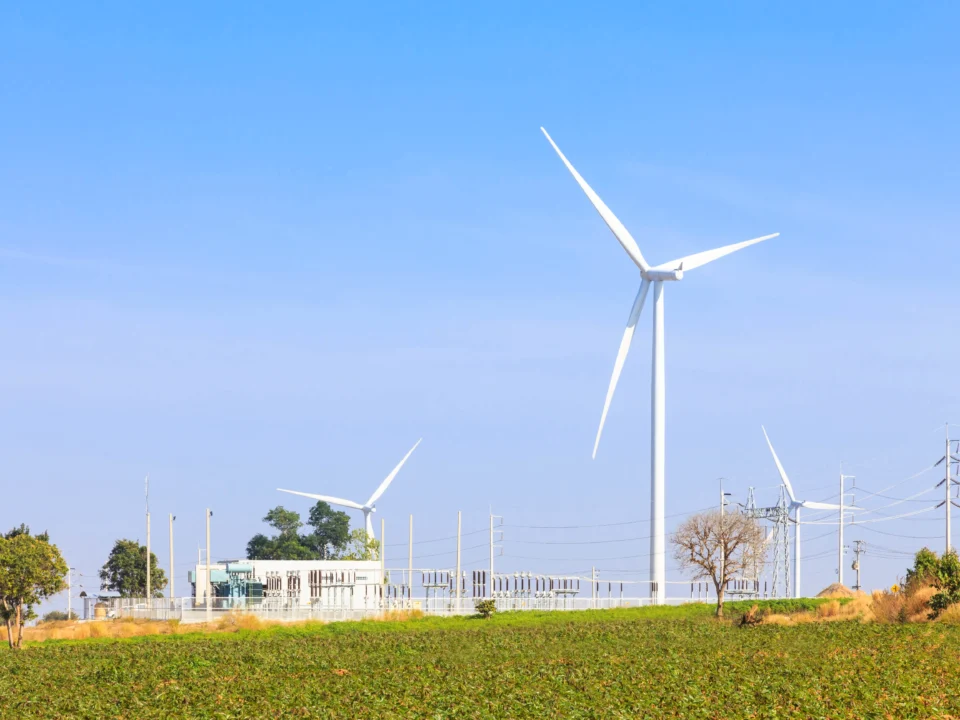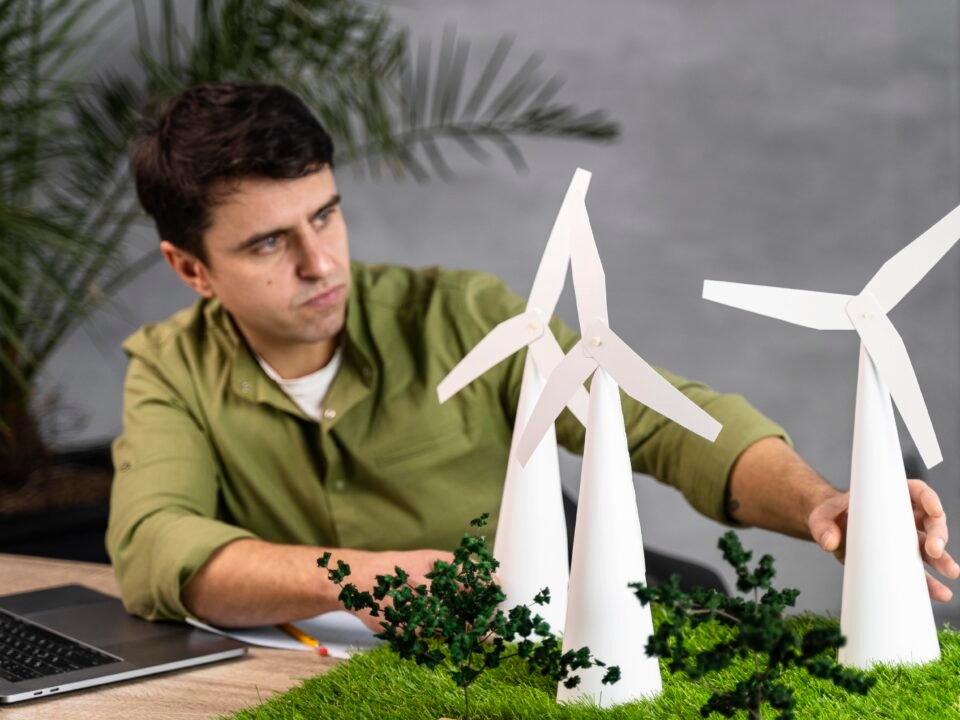Introduction
The growing concern for environmental sustainability and rising energy costs has made renewable energy solutions more attractive than ever. Among the most viable options are solar and wind energy, two clean and abundant resources that can significantly reduce reliance on traditional electricity sources. By integrating both solar panels and wind turbines into your home’s power system, you can enjoy greater energy independence, lower utility bills, and a reduced carbon footprint.
Understanding Solar and Wind Energy
Solar Energy harnesses sunlight using photovoltaic (PV) panels, converting it into electricity. This renewable source is abundant in most regions, providing consistent energy output during daylight hours.
Wind Energy uses wind turbines to convert kinetic energy from the wind into mechanical power, which is then transformed into electricity. Wind energy is particularly effective in areas with steady breezes and can complement solar power by generating energy at night and during cloudy days.
By combining these two renewable sources, homeowners can achieve a balanced and efficient energy system that works around the clock, maximizing energy production regardless of weather conditions.
Benefits of Using Solar and Wind Energy for Your Home
1. Energy Independence
Relying on traditional grid electricity makes you vulnerable to power outages, price hikes, and energy shortages. By installing solar and wind energy systems, you can produce your own power, reducing or even eliminating dependence on the grid. With the addition of battery storage solutions, excess energy can be stored for later use, ensuring uninterrupted power supply even during emergencies.
2. Cost Savings on Electricity Bills
One of the most compelling reasons to switch to renewable energy is the long-term cost savings. Solar panels and wind turbines can significantly lower electricity expenses by generating free energy from natural sources. While the initial installation cost can be high, most systems pay for themselves within a few years through energy savings and incentives.
3. Environmental Benefits
Unlike fossil fuels, solar and wind energy do not produce harmful emissions. By adopting these technologies, homeowners contribute to reducing carbon dioxide emissions, helping to combat climate change and decrease pollution. A cleaner environment translates into healthier communities and a more sustainable future.
4. Reliability and Efficiency
Combining solar and wind energy enhances reliability. Solar panels are most effective during sunny hours, while wind turbines generate electricity when there’s enough wind, including at night. This complementary system ensures that energy production remains consistent throughout the day and across different seasons.
5. Incentives and Tax Benefits
Governments around the world offer various incentives, rebates, and tax credits to encourage the adoption of renewable energy. Homeowners can benefit from federal tax credits, net metering programs, and state incentives that help offset the initial costs of installation.
Key Considerations Before Installing Solar and Wind Energy Systems
Before making the switch, homeowners should evaluate a few key factors to ensure their renewable energy system is optimized for efficiency.
1. Location and Climate
The effectiveness of solar and wind energy depends on geographical location. Homes in sunny regions with clear skies are ideal for solar panels, while areas with consistent wind speeds are suitable for wind turbines. Some locations may benefit from a hybrid system that takes advantage of both.
2. Energy Consumption
Assessing your home’s energy usage helps determine the size and capacity of the system needed. Conduct an energy audit to identify how much power your household consumes and plan accordingly.
3. System Size and Installation Costs
The size of your solar and wind energy system depends on your electricity needs, available space, and budget. Large systems generate more energy but come with higher installation costs. Consulting with renewable energy experts can help in designing a cost-effective solution.
4. Storage and Backup Solutions
Since both solar and wind energy are intermittent, having a battery storage system ensures a continuous power supply. Modern lithium-ion batteries store excess energy for use during nighttime or low-energy production periods. Alternatively, a hybrid setup connected to the grid can act as a backup.
5. Maintenance Requirements
Both solar panels and wind turbines require minimal but regular maintenance to function efficiently. Solar panels need occasional cleaning to remove dust and debris, while wind turbines require periodic inspections to check for wear and tear.
Steps to Install Solar and Wind Energy Systems at Home
Step 1: Conduct a Site Assessment
Before installation, perform a thorough evaluation of your property to determine the best placement for solar panels and wind turbines. Factors such as roof orientation, shading, wind patterns, and available space should be considered.
Step 2: Choose the Right Equipment
Select high-quality solar panels, wind turbines, inverters, and battery storage systems that align with your energy needs. Research different brands, compare warranties, and consult with professionals to ensure you invest in durable and efficient equipment.
Step 3: Obtain Permits and Approvals
Most regions require permits for installing renewable energy systems. Check with local authorities to ensure compliance with zoning laws and building codes before starting the installation process.
Step 4: Hire Professional Installers
While DIY installations are possible, hiring certified professionals ensures safety, efficiency, and compliance with industry standards. Experienced installers can also help with system integration and optimizing performance.
Step 5: Connect to the Grid (if needed)
If you plan to use net metering, your system must be connected to the local utility grid. This allows you to sell excess power back to the grid and earn credits on your electricity bill.
Step 6: Monitor and Maintain the System
After installation, regularly monitor energy production through smart energy management systems. Routine maintenance checks will keep your solar and wind energy system running at peak efficiency.
Conclusion
The combination of solar and wind energy presents a powerful and sustainable way to revolutionize home power supply. With benefits like reduced electricity bills, environmental sustainability, energy independence, and government incentives, investing in renewable energy is a smart choice for homeowners. While initial costs and planning may require effort, the long-term advantages make it a worthwhile investment for a cleaner, greener, and more self-sufficient future. Whether you choose to install a full hybrid system or start with one renewable energy source, embracing these technologies is a step towards energy freedom and sustainability.




